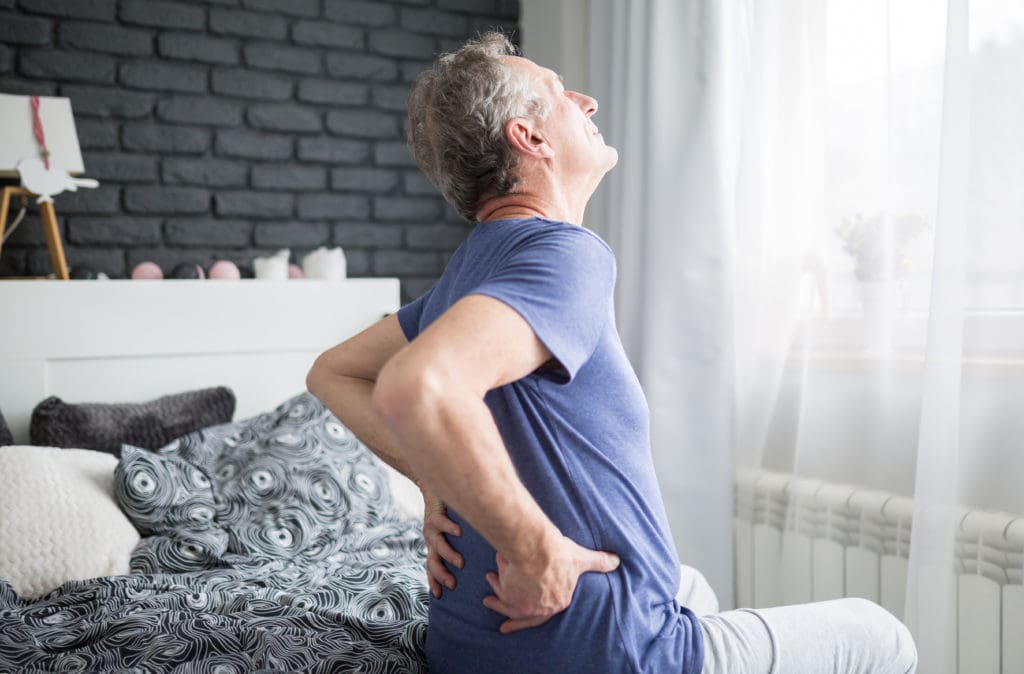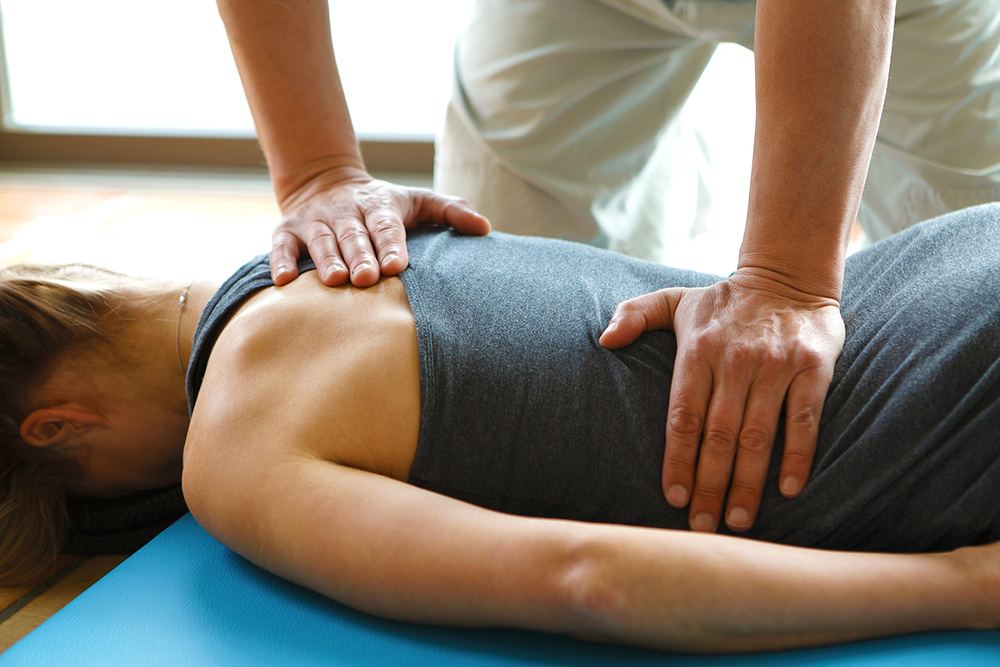If You Suffer from Back Pain, Skip the Expensive and Risky Treatments and Head Straight to Physical Therapy
If you suffer from back pain, you’re far from alone. It’s estimated that more than 80% of adults will experience back pain in their lives. That’s a pretty wide majority of people who will suffer from what can often be debilitating pain.

Severe back pain can force people to miss work, keep them awake at night, prevent them from staying healthy with physical activity and even keep them from performing regular daily activities like cooking or visiting friends and family. As the “body experts,” physical therapists know it doesn’t have to be this way! By understanding, identifying and treating the root causes of the problem, you can prevent living with back pain.
Understanding your pain
There are many causes of back pain, including:
Muscle or Ligament Strain
This is the most common cause of back pain and can be caused by awkward, repetitive movements that put constant strain on the back or by a single heavy lift or sudden movement.
Bulging or Ruptured Disk
Disks are the shock-absorbing cushions between your vertebrae and are filled with a jelly-like center encased in a rubbery exterior. Damaged disks can cause pain by pressing on nearby spinal nerves, which can shoot sudden pain down your back, neck and legs and/or create constant, aching pain.
Health Conditions like Arthritis
Arthritis, osteoporosis and other health conditions can cause back pain by decreasing the integrity of the structures in your spine and joints, causing inflammation.
These are just a few of the most common causes, but the back and spine are a complicated system of interconnected muscles and joints; issues that seem to be coming from one area can often actually be the result of a problem elsewhere. That’s where PTs come in…
Identifying your pain
Back pain is a complex condition that should be looked at by an expert if the pain does not go away after a few weeks of home remedies like heat and over-the-counter pain relievers. If the pain is debilitating and lasts for more than a few days, more immediate action may be necessary.
Physical therapists are trained to identify the root causes of your muscle and joint pain and immobility. They do this by spending one-on-one time with you, first asking questions about nature of the pain and the actions that may have led to the problem, and then performing a physical assessment that can include hands-on traction, mobilization, and other manual techniques, as well as tests to survey range-of-motion, strength and flexibility to explore the affected area.
This type of personalized, hands-on assessment offers your PT a chance to see what movements and postures create discomfort, which, combined with other physical indicators and your personal history, provides a comprehensive view of what could be causing the pain. These indicators may seem foreign to the general public, but in the eyes of musculoskeletal experts, they are puzzle pieces that can be put together to form a diagnosis, which leads to a customized treatment plan meant to address the root cause of the problem.
Treating your pain

When people think of the most effective ways to diagnose and treat back pain, many automatically jump to expensive medical services like MRIs, invasive surgery or addictive pain killers like opioids. In reality, manual treatments like physical therapy have comparable outcomes with much less risk.
For example, invasive surgeries are not only expensive, they can have a higher instance of repeat procedures. According to a study published by Harvard University’s medical journal, patients who received physical therapy had comparable benefits 10 weeks out and two years out from the treatment. Unfortunately, 25% of the individuals who underwent surgery eventually needed another procedure, while only 10% of individuals who received physical therapy needed further PT treatment.
That means those who received more affordable, non-invasive care saw comparable outcomes, with less risk of the pain returning.
Another common treatment for back pain is prescription medication. We use the term “treatment” lightly, because medication does not necessarily treat the cause of the pain, but simply masks it. Medications like opioids are highly addictive, and they can cause side effects, just like any other drug, such as drowsiness and confusion, impaired judgment, nausea and even negative effects to organs.
According to the CDC Guidelines for Prescribing Opioids for Chronic Pain in 2016, “nonpharmacologic therapy and nonopioid pharmacologic therapy are preferred for chronic pain.” In simpler terms, that means the CDC recommends alternatives to medication for chronic pain, with physical therapy named as a specifically viable alternative.
So physical therapy treatment is more affordable and holds less risks treatment than surgery. What does it entail?
The Agency for Health Care Research and Quality recommended “spinal manipulation as the only safe and effective, drugless form of initial professional treatment for acute low back problems in adults.”
After determining the source of the pain, the physical therapist will create a comprehensive program involving strengthening exercises, stretches, and other treatments such as heat and ice, massage, spinal manipulation, and new techniques like dry needling, to attack the pain at its root cause. Each PT program is customized to each patient – after all, every diagnosis is as different as every patient’s body – and will evolve as the patient’s progress improves.
Physical therapy can help reduce a patient’s back pain to a manageable level, and in many cases can address the pain completely, while increasing function and educating patients on the cause of the pain and how to prevent it in the future.
Ultimately, physical therapy is the best option for many people suffering from back pain. Not only will it save you time and money, but it will treat the cause of the pain instead of masking it, creating the opportunity to move pain-free again.
